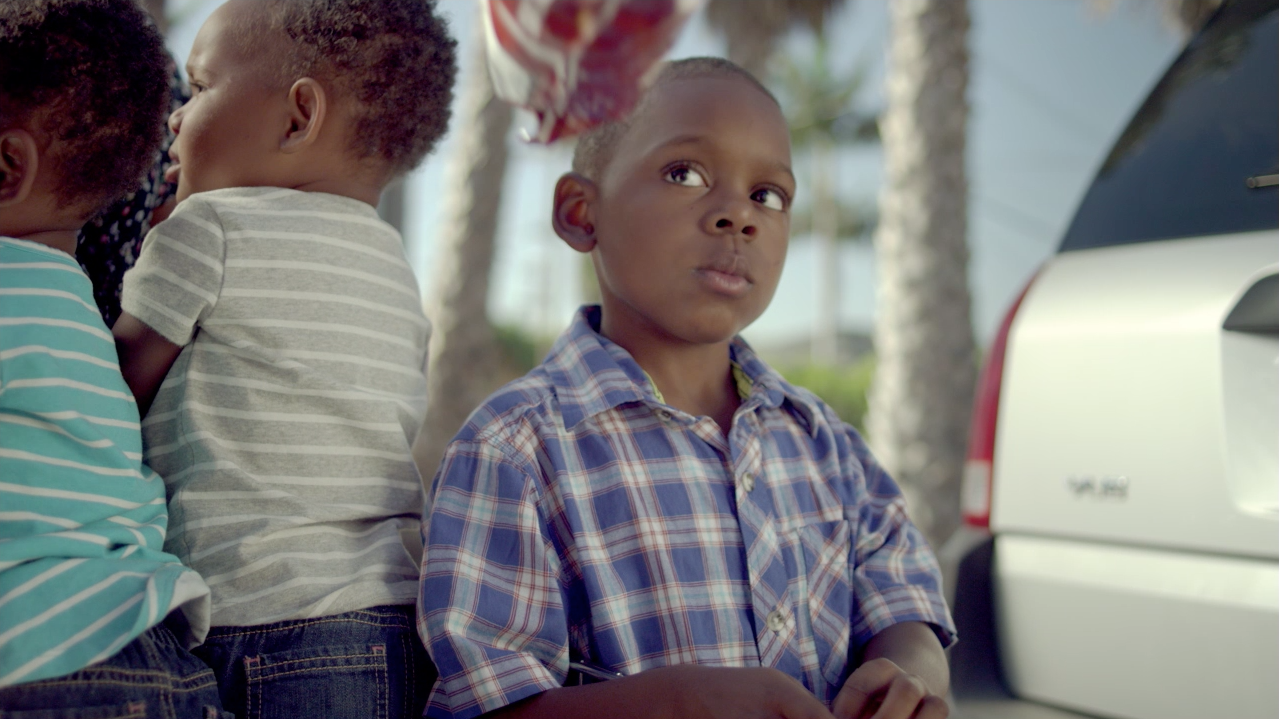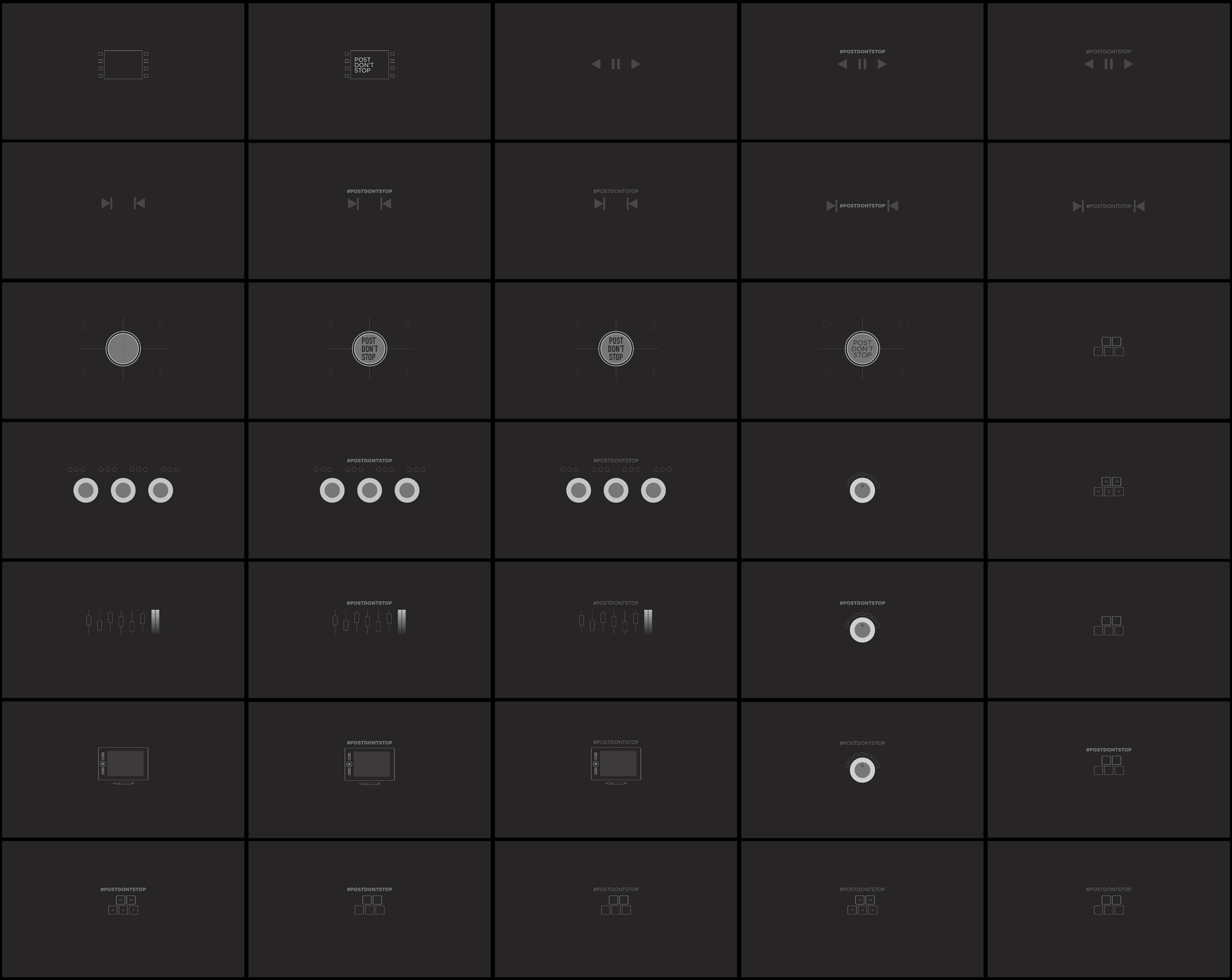Practice creating looks with footage in different codecs from different cameras to understand how each responds to manipulation.
Every camera has a different latitude, different contrast curve, different color response. To compound the possibilities, the codecs that the footage can be digitized as vary just as wildly.
The RED camera responds very differently from a 5DmkII (or an Alexa, or an HVX, or an EX1, or a Phantom, or 35mm, or 16mm…) and you need to know these differences to know how best to manipulate the footage and how aggressive your look can be. Does the footage tend to be warmer? Does it have more contrast? Is there more noise or grain in the shadows?
Codecs have different properties too. HDV tends to be a nightmare to edit, but it also can be a nightmare to color with it’s long-GOP structure. Compression blocks and artifacts can be hiding just out sight in the shadows. ProRes is a personal favorite of mine to color, because I feel it handles high contrast very well. RED R3Ds can be a logistic nightmare when managing colorspace, gamma, log vs. linear, ISO changes, etc., but it’s high dynamic range compared to normal video, plus the extra information it keeps in the highlights and shadows make it great once you make those decisions. The H.264 that the HDSLRs shoot breaks down pretty quickly, so you have to be very careful when stretching contrast.
Knowing the properties of the cameras and footage will help you have an idea of how far you can grade right from the start, and when you have a mix of cameras and codecs, will let you make sure your look will work for them all.



02/15/2011, 2:40 pm
After I recorded the material on that codec (for exemple: XDCAM EX/Mpeg Long-GOP 35mbps variable), it doesn’t matter if I convert to ProRes, I’ll not have advantage in the same way, right?
Thanksss!
02/17/2011, 8:30 pm
You won’t have the advantage of the extra information technically, but there are ways of saving it, though they are a bit of a work around. I think the DV Rebel’s guide by Stu Maschwitz describes one such process for FCP involving lowering the opacity of the clip to 90% end exporting it from there…something like that if I remember correctly.
One advantage you will have in ProRes over XDCam, HDV and other long-GOP codecs is Color’s native support of ProRes footage. Yes, it will support long-GOP codecs, but the long-GOP format isn’t a great codec for editing or really anything frame accurate in the long run. Some people prefer to stick with the native format it was shot in, while others prefer the easier use of ProRes. There are pros and cons for each.
02/17/2011, 9:29 pm
Got it!
I used to convert to ProRes HQ and it’s seem to be ok but sadly I used to work with cameras that uses a poor 4:2:0 colorspace codecs and with a poor compression.
It’s frustated but it’s what we have today.
Ow, excuse for this another question but I didn’t find if Canon 7D codec is 4:2:2 or 4:2:0. Do you know that?
thanks Aaron!
03/07/2011, 10:26 pm
I’m not 100% positive, but I’m pretty sure it’s 4:2:0